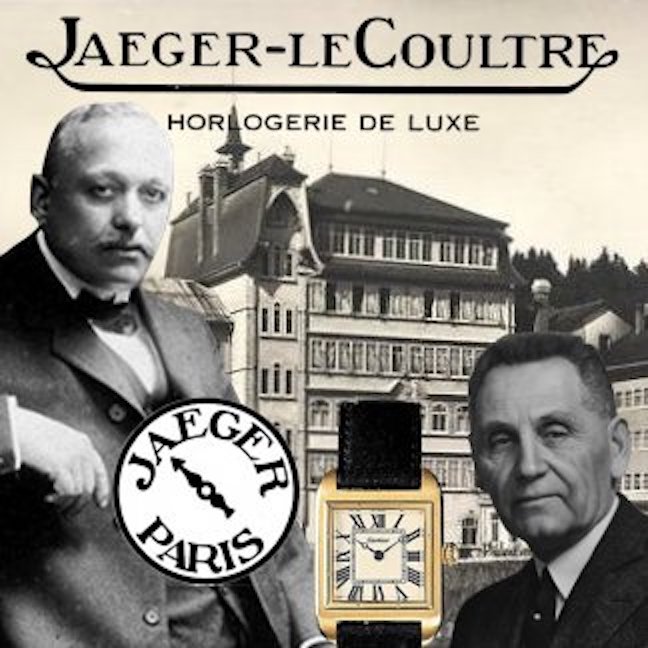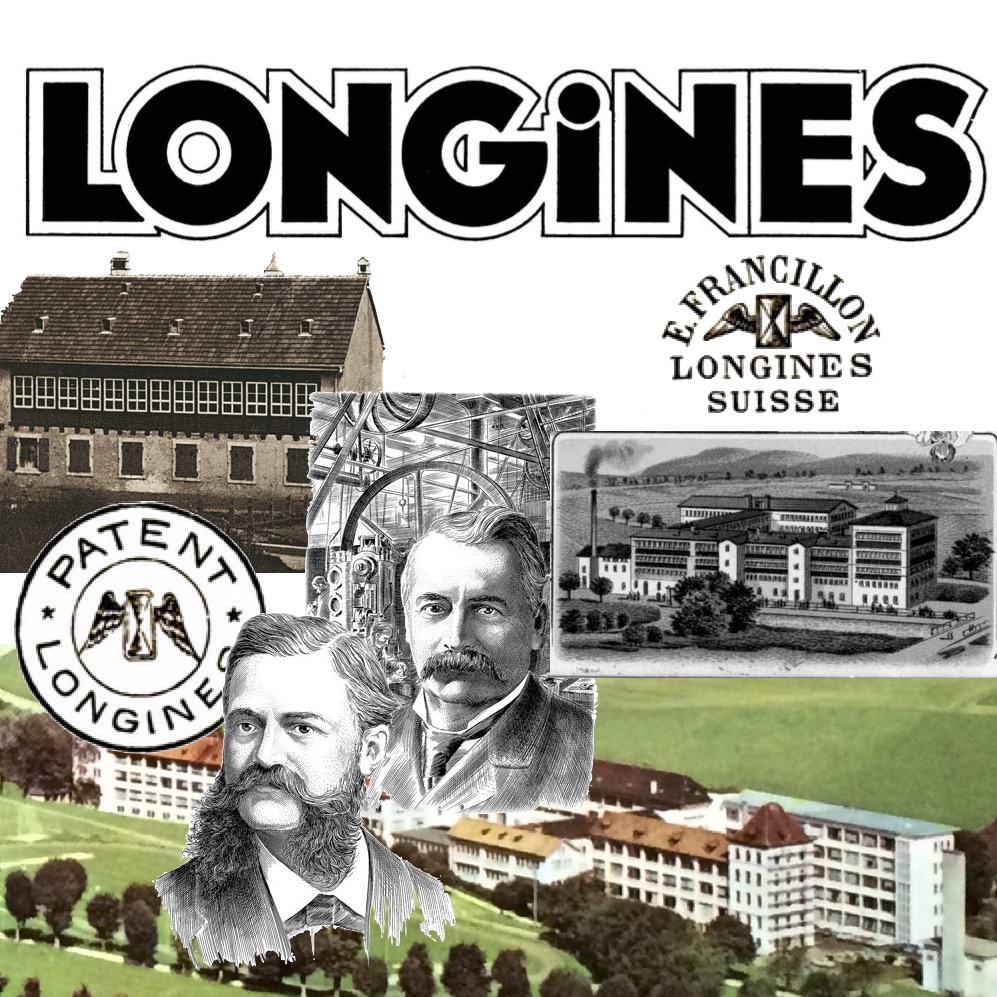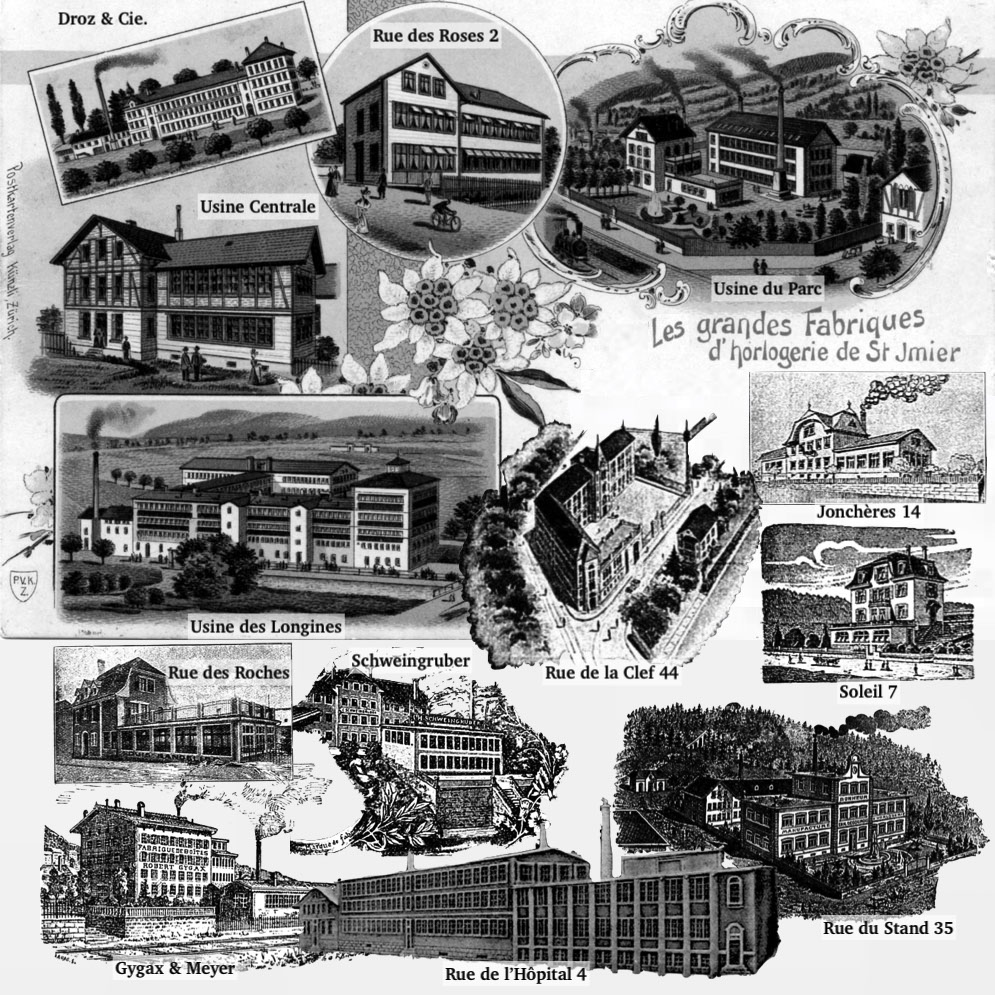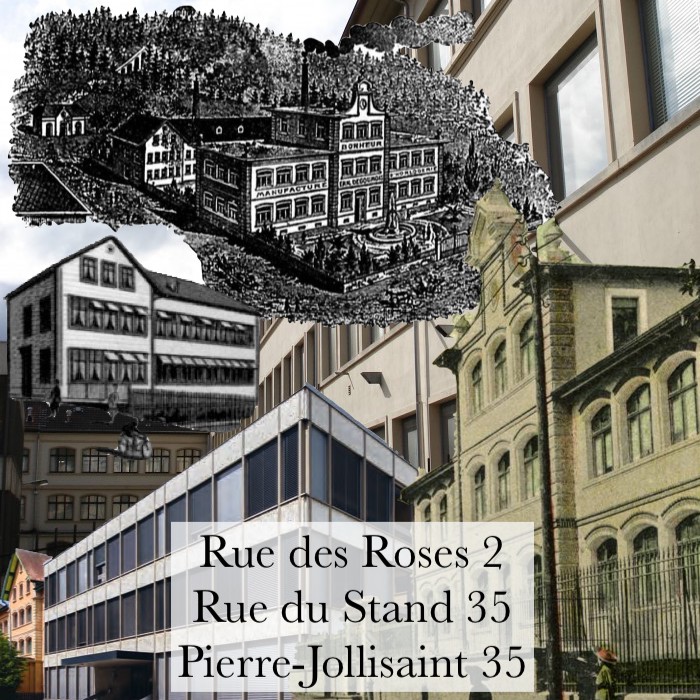
Like many watch fans, I was enticed by the concept of visiting the picturesque mountains of French-speaking northwest Switzerland, the Jura region, home of so many of my timepieces. But I was not entirely clear on what this visit would entail. Most of the articles about such visits focus on special arrangements by manufacturers or general overviews of the towns in the cantons of Neuchâtel and Geneva. I would be traveling alone and unannounced, however. What would await me in La Chaux-de-Fonds, Le Locle, Bienne-Biel, Le Sentier, and the rest?
La Chaux-de-Fonds
I decided to point my rental car in the direction of Neuchâtel and take my chances. Since evening was coming on, my first stop was the lovely Hotel Palafitte on the shores of Lake Neuchâtel. I was greeted in the lobby by cases of wonderful watches from companies like Corum and Parmigiani – surely I was in the right place! And wouldn’t you know it, Bulgari is just down the road.

On the first day, I headed North into the Jura mountains towards the watch-making metropolis of La Chaux-de-Fonds. The road winds through the mountains, passing through tunnels and over valleys before emerging at the center of the “watch city” itself.

After crepes in the town square, I headed to Espace de l’Urbanisme Horloger to get my bearings. Situated in the old town hall, this small space includes a multimedia exhibit on the organization of the town. The friendly staff helped me plan where to go next.

Next, I headed up the hill to Musée International d’Horlogerie, the best-known museum of timekeeping. The MIH really is worth a visit, though I was a bit disappointed by their choice of watches to display: The pocket watches were marvelous, but the wristwatches were a mixed bag.

The MIH includes many display cases meant to showcase important qualities and technologies. Although some were perfect (the Vulcain Cricket and Jaeger-LeCoultre Memovox in the alarm watch case; the Beta 21 Omega and Seiko Astron in the quartz case), others were filled with mundane or less important pieces. Overall, the MIH is more of a museum of time for the general public than a celebration of timepieces.

The Jura Triangle
With the afternoon wearing on, I decided to head East through the Jura triangle and see the sights and sites of the small towns there. From La Chaux-de-Fonds, I drove through Sonvilier (where Chopard was founded) and St-Imier (home of Longines and the original workshops for Heuer and Breitling).
The Jura triangle is where mass production of watches began and continues. Companies like Longines and Tissot brought the “American system” of watchmaking back to Switzerland and mechanized and industrialized the process. Today, the cities of La Chaux-de-Fonds, Saint-Imier, and Bienne-Biel produce a massive share of the total Swiss watch output.
A personal highlight was seeing the home of chronograph specialist, Minerva (now Montblanc’s high-end movement manufacture) in Villeret, as well as Nivarox (makers of most balance springs). Biel/Bienne wasn’t much to see, though it was nice to spy the massive Rolex and Omega complexes. Just about every Rolex movement is produced here, as are most Omegas!
I finished up the evening with raclette in the picturesque Château at La Gruyères before heading back to Neuchâtel for the night.

Le Locle
Sunday was something special: The Neuchâtel office of tourism had made a special appointment for me to become my own établisseur, constructing a watch in Le Locle just like so many before me. See my other article on my experience at Les Apprentis du Temps for much more information about that!

Le Locle is more picturesque than Biel/Bienne or La Chaux-de-Fonds but it’s definitely not touristy. With nothing open on Sunday, I drove around and saw the Tissot and Zenith complexes before heading towards Geneva for the night.
Sadly, I missed many of the other wonderful sites there: Musée d’Horlogerie at Château des Monts, Montblanc’s fantastic new maison mansion, the humdrum but important Nivarox-FAR building, and so many other historic sites besides.
You would probably also enjoy this article: My Own Watch, Constructed in Le Locle
The Val-de-Travers and Vallée de Joux
The Val-de-Travers is not as well known as the Vallée de Joux or the Jura Triangle but it’s an important region for Swiss watchmaking as well. Fleurier is home to Parmigiani (a personal fave) and Chopard and nearby is the advanced movement workshop for Montblanc and Panerai as well as Piaget, the ultra-thin watch specialists.

Then I passed through France and back to Switzerland into the Vallée de Joux. Just past Lac de Joux, I spotted Dubois-Dépraz before stopping at the Jaeger-LeCoultre headquarters in Le Sentier. Just down the road was Blancpain, Cartier, and Audemars Piguet. Who knew this much complicated watch talent was in the same place? They’re all within a few miles of each other.
Unlike the Jura triangle, the Vallée de Joux seems to focus more on high-end and complicated watches. Perhaps it was the isolation of the valley or its proximity to Geneva, but the companies here never really got into mass production. Although they produce many watches today, the sheer numbers are nowhere near the amount produced to the East.
Since it was getting dark, I took a scenic shortcut across the mountains at the Parc Naturel Régional Jura Vaudois and headed into Geneva. After fondue, I fell asleep at the Mandarin Oriental with the curtains open, looking down the river at the neon signs for Rolex, Patek Philippe, and Tissot. The hotel was right next to St. Gervais, a cluster of buildings that were the home of the city’s watchmaking in the 18th century and today house many boutiques. Although none were open, I long to return to Geneva, the most amazing place on earth when it comes to watch shopping and dreaming!

Looking Back
It was really a remarkable trip, though perhaps not as productive as it could have been. I went on a weekend and my European-style late start meant I missed the opening hours of most attractions. And there’s actually not all that much that’s open for casual tourists, apart from the museums in La Chaux-de-Fonds and Le Locle. I’m glad I made reservations for Les Apprentis du Temps earlier in the week, and I strongly suggest that others do the same.
Most of the manufacturers no longer allow visits and don’t have museums, though Omega and Girard-Perregaux apparently do. It was disappointing that Jaeger-LeCoultre never got back to me (an enthusiastic customer) with an appointment, though I only gave them a week’s notice and I’m not sure my weekend visit would have allowed it anyway. Perhaps the smaller makers and workshops would have arranged something if I had asked.
Next time I’m in the area I plan to get to the museum in Le Locle, to spend more time in Geneva, and to try reaching out to the manufacturers with more notice. It would be lovely to see the watchmakers at work in Fleurier or Villeret or to bring my Paul Picot Firshire back to the place of its birth in Le Noirmont. But no matter: It was a lovely weekend for a drive through the Swiss countryside with some fantastic watch-related discoveries at every turn!






Leave a Reply